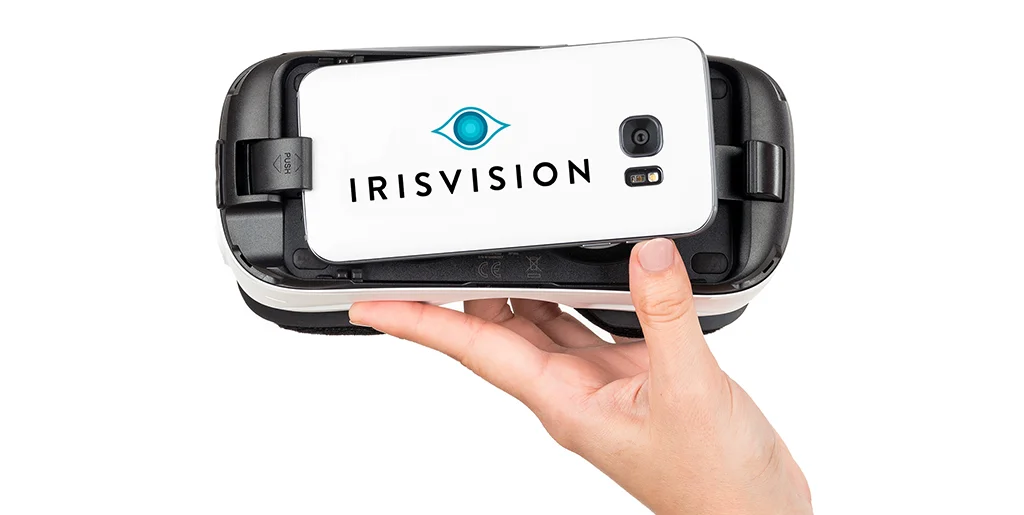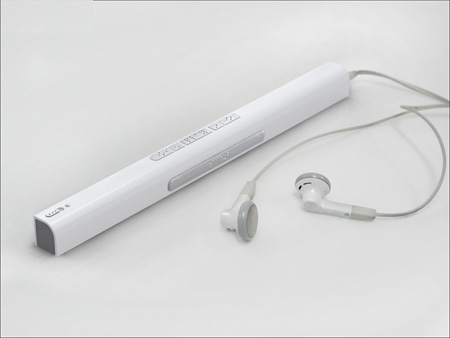Assistive Technology for the Blind: Solutions to Transform Lives
Assistive Technology for the Blind: Solutions to Transform Lives
Blog Article
Discover Cutting-edge Tools Designed for the Visually Impaired
The advancement of innovative devices for the visually impaired stands for a considerable development in ease of access and independence. Technologies such as wise glasses with AI capabilities and mobile applications developed to provide auditory descriptions are reshaping day-to-day experiences for users.
Smart Glasses for Navigating

Smart glasses made for navigating are reinventing the way aesthetically damaged individuals interact with their setting. These advanced gadgets make use of a mix of camera modern technology, expert system, and acoustic comments to offer real-time info concerning environments. By employing challenge detection systems, smart glasses can alert users to prospective threats, making it possible for safer flexibility in both familiar and strange setups.
The integration of GPS innovation better enhances navigation abilities, allowing individuals to obtain acoustic instructions as they move. This hands-free strategy not only promotes self-reliance but additionally encourages aesthetically damaged people to navigate urban landscapes with enhanced self-confidence. Additionally, many smart glasses are outfitted with attributes that identify landmarks and road signs, giving contextual info that improves the user experience.
Furthermore, the advancement of these tools is consistently advancing, with companies functioning to enhance the accuracy of item recognition and increase the array of navigational features. As smart glasses end up being much more affordable and available, they hold the potential to dramatically transform everyday life for visually damaged customers. Eventually, these innovative tools stand for an essential action toward inclusivity, offering boosted wheelchair and a better sense of freedom for individuals browsing the globe around them.

Mobile Application for Daily Living
How can mobile applications improve the day-to-day lives of aesthetically impaired individuals? Mobile applications are changing the means visually impaired customers browse their atmospheres, take care of everyday tasks, and gain access to details. These applications supply vital support through numerous capabilities, cultivating self-reliance and enhancing lifestyle.
Several cutting-edge mobile applications are created especially for everyday living. As an example, apps like Be My Eyes attach visually damaged users with sighted volunteers by means of video clip phone calls, permitting them to get real-time help with tasks such as reading labels or browsing strange rooms. Seeing AI, developed by Microsoft, makes use of fabricated knowledge to describe environments, checked out message, and determine items, successfully changing a smartphone right into an effective device for daily help.
Additionally, navigating apps customized for the visually impaired, such as Aira and BlindSquare, use audio-based directions and environmental info, allowing users to traverse their environments securely and with confidence. Beyond navigation and prompt support, mobile apps also sustain company and task administration, with functions that help customers set pointers, create to-do listings, and track visits. In summary, mobile applications offer as crucial sources, encouraging aesthetically damaged people to lead more independent and satisfying lives.
Wearable Technologies for Help
Empowerment through innovation is increasingly noticeable in the realm of wearable tools developed to assist aesthetically impaired more individuals. These cutting-edge tools incorporate flawlessly into day-to-day live, improving navigation and supplying necessary comments to users. As an example, smart glasses equipped with electronic cameras can review and recognize faces message aloud, permitting users to engage more confidently in social and professional settings.
An additional remarkable innovation is making use of haptic responses systems in wearable tools. These systems use resonances or various other tactile signals to communicate information regarding the user's environment, such as obstacles or adjustments in surface, boosting mobility and security. Wearable technologies likewise include wristbands that link to smart devices, notifying users to notifications with subtle vibrations, hence boosting connection without dependence on visual cues.
As these modern technologies remain to evolve, they are not only improving independence for aesthetically impaired individuals yet likewise promoting a better feeling of incorporation in society. By linking the space between obstacles faced in day-to-day living and the capacity for freedom, wearable technologies offer as pivotal devices in the pursuit for equality and empowerment for those with visual impairments.
Audio Description Devices
Audio description tools play an essential duty in boosting availability for aesthetically damaged individuals, offering them with the capability to involve with aesthetic media. Assistive technology for the blind. These devices offer narrated descriptions of key visual components in movies, television shows, and live performances, making sure that users can completely comprehend the context and emotions shared via visuals
Audio summary can be integrated right into numerous platforms, consisting of streaming solutions, cinema testings, and live movie theater. Several popular streaming services currently include audio description as an availability function, enabling visitors to pick it easily. In addition to traditional media, specialized apps likewise exist, offering audio descriptions for art exhibits, galleries, and other social events.
The efficiency of audio summary hinges on the skill of the narrators, who need to communicate aesthetic information succinctly without interfering with the initial sound. Technologies in this area are likewise leading the way for more tailored experiences, where users can change the level of information and pacing according to their choices.
Braille Innovations and Instruments
Braille developments and devices have actually considerably changed the way visually impaired individuals connect with text and information. Modern advancements have pediatric eye care led to the growth of functional tools that enhance proficiency and self-reliance amongst individuals.
Furthermore, mobile Braille notetakers integrate typical Braille input with contemporary capabilities, helping with note-taking, organizing, and record editing and enhancing on the move. Wearable technology for low vision. These compact gadgets have a peek here usually include text-to-speech capabilities, bridging the space between Braille and auditory information
Furthermore, innovative Braille printers have actually arised, allowing users to generate Braille labels, records, and academic materials effectively. This access promotes greater engagement in expert and academic settings, eventually advertising inclusivity.
Furthermore, research study right into wise Braille technologies proceeds to expand. Devices that integrate expert system are being discovered to give real-time navigation support and contextual info, improving the customer experience in diverse settings. Overall, these advancements mirror a commitment to empowering visually impaired individuals via technology, ensuring they can easily access and involve with the world around them.

Conclusion
The development of cutting-edge tools for the aesthetically impaired significantly enhances freedom and high quality of life. These innovations not only foster better addition however likewise advertise autonomy in everyday tasks, ultimately adding to a much more obtainable and equitable culture for aesthetically damaged people.
As smart glasses end up being much more available and cost effective, they hold the possible to significantly transform everyday life for visually damaged customers. Mobile apps are reinventing the way visually damaged customers navigate their atmospheres, handle everyday jobs, and gain access to details. Apps like Be My Eyes attach visually damaged customers with sighted volunteers using video calls, enabling them to get real-time aid with tasks such as checking out labels or navigating strange rooms.In addition, navigating apps customized for the visually impaired, such as Aira and BlindSquare, provide audio-based directions and environmental details, enabling customers to traverse their environments securely and confidently.The development of cutting-edge tools for the visually damaged considerably improves freedom and quality of life.
Report this page